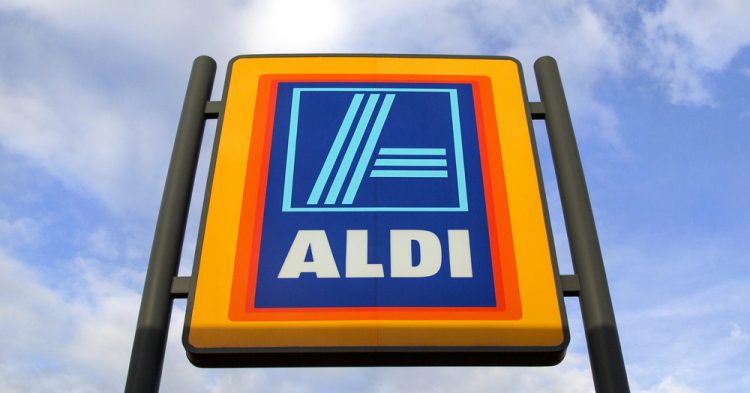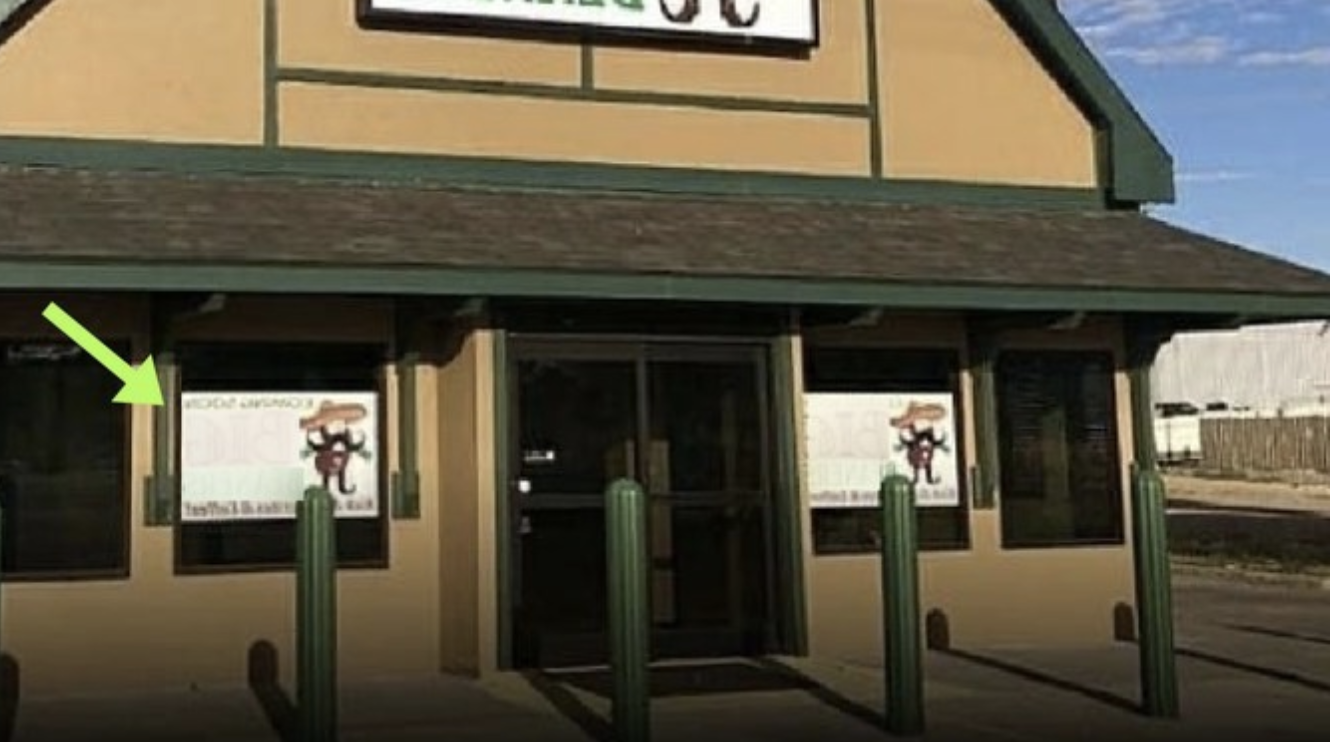Aldi is a low-budget grocery store packed full of bargains for savvy shoppers. Aldi is a German store that began in 1946 in Essen, Germany. The store was created by two brothers who had two very different takes on what they thought the store ought to be. This gave room for Aldi Nord (North) and Aldi Sud (South). In England, for instance, You would typically get Aldi Nord stores and across the pond in France, it’ll be Aldi Sud. In the United States, the story is a little different. The first store opened in Iowa City, Iowa in 1976. It was originally a Giant food store that closed for renovations and then resurfaced as brand new grocery store Aldi. In the months to come, Aldi opened up stores across the midwest in Iowa, Missouri, and Illinois.
Many are unaware that America is the only location where Aldi has a North and South presence. Most people will identify Aldi as Aldi but little do they know, Aldi represents Aldi Sud(South) and the famous, Trader Joe’s happens to be Aldi Nord (North). As if that wasn’t shocking enough, the fact that they share the same D.N.A doesn’t make them alike in any way at all. Both stores have their following and do just as well depending on who you asked. Their business models are completely different with Trader Joe’s having more pricey offerings and Aldi being the bargain buster. Aldi seems to carry more discountable items and has a lot less frill to its style of shopping and shop aesthetics. Unlike Trader Joe who has adapted their business model to the typical American grocery store model. That being said, Aldi has adopted a system that works well for those who know and will continue to work for their customers once they know. The signs. It’s all in their signage.
@matthewlesky How to read #Aldi signs! Is this helpful? #Alditiktok #TrulyGlowingSelfieLove #Aldi #fyp
Aldi has adopted a simplified system that works for their minimalist stores to help customers understand how they can save more money by paying attention to their product pricing signs. For instance, Red Hot signs mean ‘limited buy’ items and only last a short time in-store., Regular buy items have yellow tags, Red and white tags with dates on them show an item that’s only around for a time with dates that indicate when the store received that item. In July 2019 they introduced a new Aldi saver tag in-store and in their ads. These new tags are supposed to show price drops with dates indicating how long the promo is for. It is a clever little system that works, sometimes signs are labeled to similar existing signs but each one truly has its own meaning. It makes a huge difference in savings to the customer. It also helps them with knowledge of the availability of items that won’t be in stores for too long so they know when to take advantage of a great deal. There are countless other signages with color codes and different meanings. Aldi stores may be incomparable to other big-brand grocery stores, their stocking system is utilitarian, their stores are small in comparison to others, but they are still indeed a different brand of special. They carry 1400 products most of which are store brands. Their approach isn’t for everyone, but a large number of customers especially in America have become converts. Pay attention to Aldis shelf tags next time you’re in the store.







